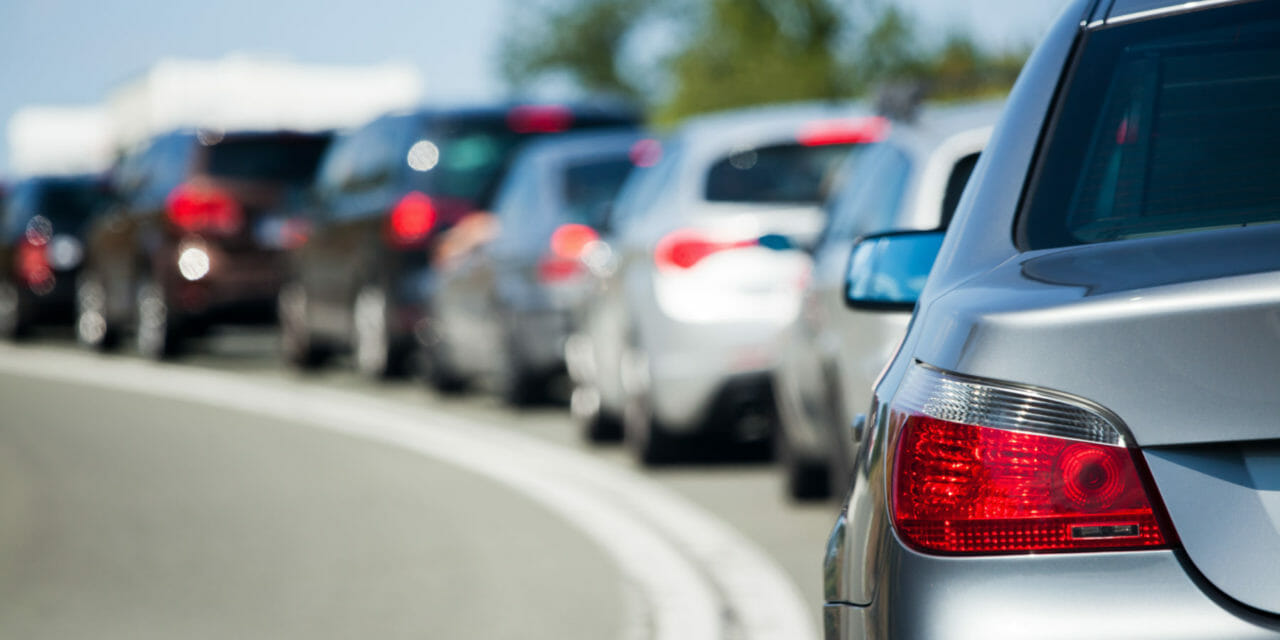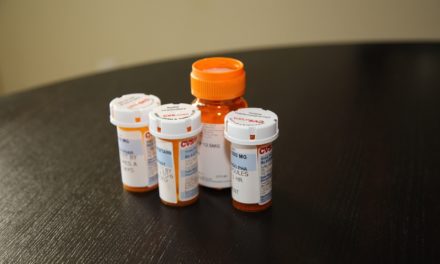Auto Club: Effects of COVID-19 Pandemic Impact Americans’ Traveling Plans
The COVID-19 pandemic is expected to push down the number of Southern Californians traveling for the Thanksgiving holiday by more than 13% compared to last year, according to the Automobile Club of Southern California. That’s the largest year-over-year decline since the 2008 recession, which caused a 26 percent drop in Thanksgiving travel.
The effects of the COVID-19 pandemic, including health and economic concerns, are impacting Americans’ decisions to travel for the Thanksgiving holiday. Air travel and other modes of transportation such as cruises, buses and trains are the most impacted by the pandemic. The vast majority of Southern California residents who are planning to travel – 92 percent – will do so by car. In 2019, 86 percent of local Thanksgiving travelers drove to their destinations.
Some 50.5 million people, down 9.7% from 2019, are projected to be traveling by car, airplane or other modes of transportation this year.
“This Thanksgiving will be different than in past years. Rather than spending time indoors with friends and family, many people may choose to spend the holiday with their own households or take road trips to enjoy time in the great outdoors,” said Filomena Andre, the Auto Club’s vice president for travel products and services. “Because so many destinations, tours and cruises are not available this year, members are contacting our travel agents to book trips in 2021 and 2022, when they anticipate they will be able to vacation more safely.”
With COVID-19 cases surging in many parts of the country, the Auto Club reminds those who choose to travel for the Thanksgiving holiday to know the risks and minimize them by taking the following steps:
- Bring along enough personal protective gear and hand sanitizer for all those traveling for each day of travel, as well as a thermometer to monitor your health.
- Bring cleaning supplies to wipe down surfaces in locations where you stay overnight.
- Use protective barriers such as plastic baggies or gloves to open doors, fill up the gas tank, or touch any other surfaces in public places. Throw them away after use.
- Minimize your travel stops by bringing along your own snacks, food, and drinks. Use drive-throughs or curbside pickup at restaurants if you do stop.
- When visiting family members or friends, or when making travel stops, remember to socially distance, wear masks, and frequently wash your hands.
- Know the COVID-19 restrictions along the route you will be traveling and at your destination. You can quickly access them by mapping out your route by clicking here and using the COVID-19 restrictions feature.
- Before you head out, be sure your vehicle is ready for the trip to avoid a breakdown along the way. AAA expects to rescue more than 413,000 Americans at the roadside this Thanksgiving. AAA makes it easy to request assistance – by phone, app or online – and members can track the service technician’s progress as they make their way to your vehicle.
INRIX Predicts Wednesday Afternoon to See Peak Traffic
Traffic volume is expected to be lower than in years past, but travelers in major urban areas will experience increased delays at popular bottlenecks. INRIX expects Wednesday afternoon to see the highest volume of traffic.
“Though fewer people will be traveling this Thanksgiving, we expect more holiday drivers than we had over the recent summer holidays during COVID-19,” said Bob Pishue, transportation analyst at INRIX. “Drivers should plan alternate routes and departure times to avoid traffic jams.”
Methodology
AAA’s projections are based on economic forecasting and research by IHS Markit, a London-based business information provider. For the purposes of this forecast, the Thanksgiving holiday travel period is defined as the five-day period from Wednesday, Nov. 25 to Sunday, Nov. 29.
.
Image Sources
- Traffic: Shutterstock







